WHS laws require persons conducting a business or undertaking (PCBUs) (such as employers) to ensure workers and others are not exposed to risks from airborne contaminants. This means that PCBUs must eliminate the risks from airborne contaminants if it is reasonably practicable to do so. If it isn’t reasonably practicable to eliminate the risk, PCBUs must minimise the risk of the airborne contaminants so far as is reasonably practicable.
Currently, PCBUs must also ensure that no person at the workplace is exposed to a substance or mixture in an airborne concentration that exceeds the workplace exposure standard for that substance or mixture.
Following a review, WHS ministers agreed to new workplace exposure limits. From 1 December 2026, airborne contaminants must not exceed the workplace exposure limits for airborne contaminants. Until then, PCBUs must still comply with the workplace exposure standards.
The changes to limits are a result of evidence that has emerged since the last comprehensive review in 2003. Health-based recommendations were made by experts and released for public feedback. Safe Work Australia received more than 1,100 submissions to the review to inform the new limits.
Information in this hub can help you understand more about airborne contaminants, how to manage them, and changes to workplace exposure standards.
Click on the below links to find information relevant to you.
